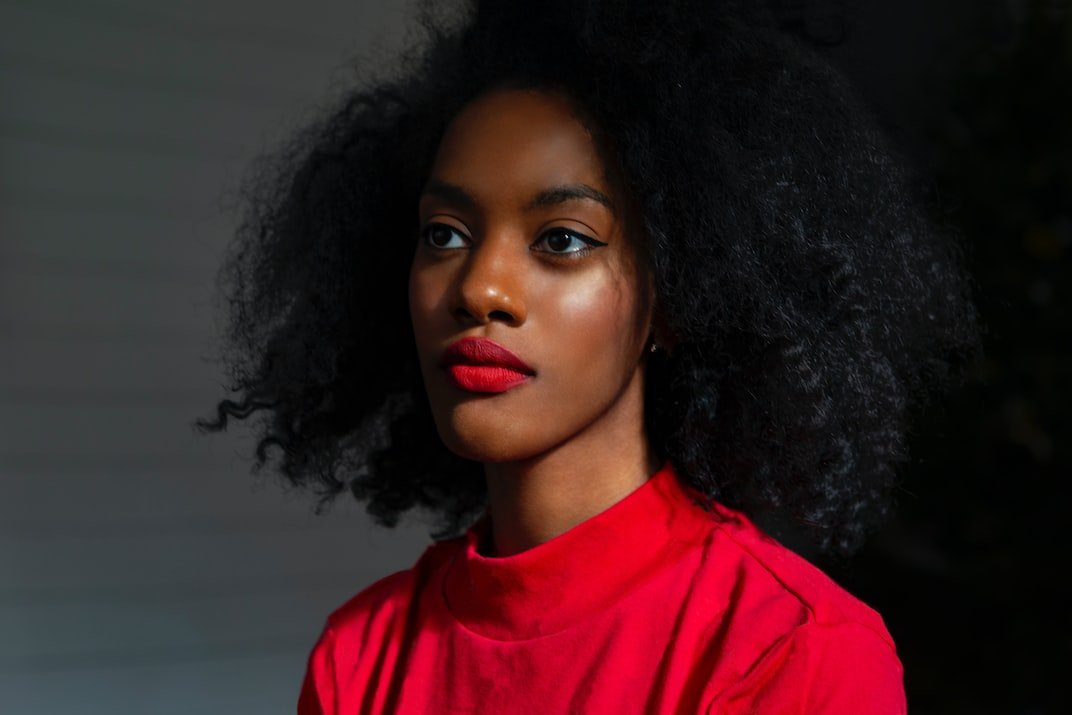Hair Loss (Part2) Alopecia Areata
As women we are pretty attached to our hair, it is part of our personality and identity, the style we choose, the color we choose, it tells something about the woman we are. As women go through the stages of life our hair may change with the stage we are in. Puberty, pregnancy, perimenopause and menopause can all have an effect on our hair and at each stage we have to adjust to those changes, we certainly have no control over these stages of life. There are also other issues that may affect our hair, one of these being alopecia areata.
What is Alopecia Areata?
Alopecia areata is an autoimmune disorder that results in hair loss with hair usually falling out in small patches the size of a quarter. Men, women and children can all be affected by alopecia areata, however it usually presents itself when one is in their teens, twenties or thirties. Alopecia areata is a blanket term used whenever the result of a condition is hair loss and it affects approximately 147 million people worldwide. Unfortunately, there is currently no cure for, but there are some treatments that aid in hair re-growing more quickly.
Cause
In some cases there is a genetic cause to alopecia areata known as a “polygenic disease”, meaning that both parents must contribute a number of genes in order for the child to develop it. Scientists believe that having these specific genes will make a person more susceptible to developing alopecia if certain triggers are encountered in their lives such as stress, allergies, viruses, toxins, illness or psychological conditions (such as hair pulling), but in most cases there is no identifiable trigger. No matter which type of alopecia areata you have, the cause is the same, the immune system attacks the hair follicles causing them to not function properly to a point where new hair growth stops.
Alopecia areata does not make people sick and it is not contagious but it can certainly be a challenge to adjust emotionally, as losing one’s hair can be quite traumatic.
Types of Alopecia
There are many different types of alopecia but below we will discuss the three main types, patchy alopecia areata, alopecia totalis and alopecia universalis.
Patchy Alopecia Areata
This type of alopecia is characterized by sudden hair loss. Some people report scalp discomfort with a burning, tingling, itching or soreness sensation before the affected hair falls out. Many compare this to having a ponytail that is tied too tight. Hair may start to grow back within 6 months or take as long as one year, as well, the first hair to grow in is sometimes white or gray.
Sometimes this type of alopecia will progress to a more severe type of alopecia areata.
Alopecia Totalis
Alopecia totalis affects a small percentage of people with patchy alopecia areata and involves more widespread hair loss causing complete or near complete scalp hair loss. The small patches where hair has fallen out in patchy alopecia areata multiply until then begin to join together.
Alopecia Universalis
This type of alopecia is more advanced than alopecia totalis and can cause near or complete scalp hair loss. The difference is that it involves complete hair loss on your head and face (including eyebrows and eyelashes) as well as the rest of your body. This is the most severe type of alopecia areata.
Treatments, Natural Remedies and Wigs
There is currently no cure for alopecia areata but treatment and remedies have the most positive outcomes when alopecia is recognized and treated when it first appears.
Medications
Treatments for most types of alopecia are basically the same and involve a combination of oral as well as topical medications. Not every treatment procedure works for everyone and it may be a journey of trial and error before you hit on a treatment or combination of treatments that work for you. A doctor who is well versed in alopecia will be someone who understands your condition and struggles.
Natural Remedies
If we help our bodies stay strong and healthy our bodies will take care of us. Whether we are dealing with a simple cold or something more challenging like alopecia, giving our bodies the materials it needs to repair itself is very important.
Probiotics are important for gut health and to improve our immune system by helping our body not to overreact and cause inflammation when it perceives a potential threat;
Zinc is a trace mineral which helps to boost our immune system and aids in repairing our gut, a healthy gut is important for a normal immune response. As well, zinc is an essential nutrient for healthy hair follicles and hair growth;
Quercetin is a plant pigment flavonoid and has potent antioxidant properties that are known for their ability to reduce inflammation and bind to and fight free radicals;
Ginseng contains various pharmacological compounds and it works to reduce inflammation and boost immune function;
Lavender essential oil has many benefits with one of them being to heal and protect the skin. It works as a powerful antioxidant and it reduces inflammation;
Rosemary essential oil is commonly used to enhance hair thickness and growth, it has anti-inflammatory properties, promotes nerve growth and improves blood circulation. Research shows that applying rosemary oil topically can be as effective as minoxidil, a conventional treatment for alopecia areata;
Acupuncture increases blood flow and improves circulation to your scalp to stimulate hair follicles. It also works to reduce anxiety and depressions which are two conditions that many people with alopecia experience.
This is informational use only, always consult your healthcare practitioner before implementing natural remedies.
For further detailed information about the above remedies hop over to a blog by Dr. Axe.
Natural Hair Lace Wigs
If you are currently living with alopecia areata, you may be contemplating purchasing a wig. Wigs have come a long way and now look so natural that when we encounter someone wearing one, which is such a common incident in today’s world, we probably don’t even realize it.
Quality natural hair lace wigs are made with natural hair which moves, feels and looks just like your own hair. There are full wigs, half wigs, hair toppers as well as clip in bangs to select from, depending on your unique need.
A good hair stylist who specializes in natural hair lace wigs will have the knowledge, experience and skill to advise and guide you on your journey of selecting the perfect wig for your specific needs. She will be able to cut, style and color the wig you choose, to personalize it just for you.
Let’s Sum It Up
We all face challenges in this life with some of them being more visible than others. Alopecia areata is one of those visible challenges. It can be devastating for a woman to lose some or all of her hair, but that woman is still the same beautiful, vibrant, loving, unique woman she has always been.
Unfortunately there is no cure for alopecia areata but there are treatments and medications that a knowledgeable medical practitioner can suggest, as this person follows you through your journey. You may also want to inquire about implementing natural remedies if that is something you are interested in and feel comfortable with.
Some women may decide to simply shave all of their hair off and rock a dynamic look that is natural and confident. Other women may love scarves and hats which can be creative, sophisticated and fun. Other women may choose a natural hair lace wig, maybe the same style and color which she previously wore or something totally different! The choice is yours, walk it out with confidence and style!


